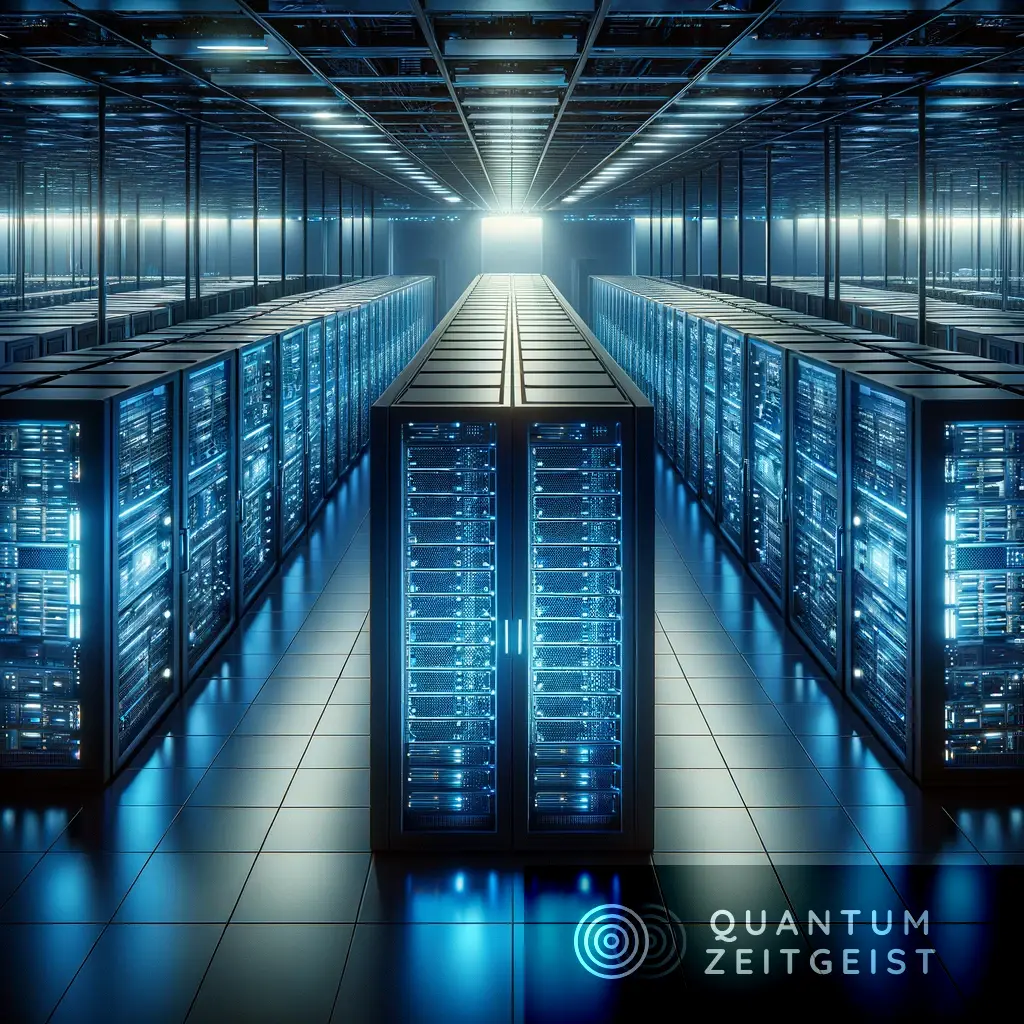A new-generation supercomputer, Tianhe Xingyi, has been unveiled in Guangzhou, China. Developed by the National Supercomputer Center in Guangzhou, the system is designed to meet increasing demand in high-performance computing, artificial intelligence training, and big data analysis. The Tianhe Xingyi outperforms its predecessor, the Tianhe II, in areas such as CPU computing, network, storage, and application service, according to Lu Yutong, director of the supercomputing center at Sun Yat-sen University. The system will support scientific breakthroughs, strategic engineering construction, and industrial upgrading and transformation.
“The system has outperformed the Tianhe II, one of the fastest supercomputers in the world, in capabilities such as CPU computing, network, storage and application service,”
Lu Yutong, director of the supercomputing center at Sun Yat-sen University.
Introduction to Tianhe Xingyi Supercomputer
A new-generation supercomputer system, Tianhe Xingyi, was recently unveiled in Guangzhou, Guangdong province. Developed domestically, the system is expected to cater to the increasing demand in high-performance computing, large-model artificial intelligence training, and big data analysis. The National Supercomputer Center in Guangzhou, the organization behind the system, announced a supercomputing innovation and application conference with over 400 representatives from various scientific and technological institutions.
Superior Features of Tianhe Xingyi
Tianhe Xingyi is a highly application-focused system incorporating domestically advanced computing architecture, high-performance multicore processors, high-speed interconnection networks, and large-scale storage. According to the National Supercomputer Center, the system has surpassed the capabilities of Tianhe II, one of the world’s fastest supercomputers, in areas such as CPU computing, network, storage, and application service. Tianhe II, launched in 2013, has served over 300,000 users nationwide.
Role of Tianhe Xingyi in Scientific and Technological Breakthroughs
Lu Yutong, director of the supercomputing center at Sun Yat-sen University, stated that Tianhe Xingyi would provide robust high-end computing support for cutting-edge scientific and technological breakthroughs, strategic engineering construction, and industrial upgrading and transformation. The system is also expected to enhance Guangzhou’s core scientific and technological innovation capabilities.
Expansion of Supercomputing Network in Guangdong-Hong Kong-Macao Greater Bay Area
The supercomputing center has established 15 subbranches across the Guangdong-Hong Kong-Macao Greater Bay Area (GBA) and formed a supercomputing alliance over the past few years. A supercomputing application network in the GBA was also launched to promote the integration of computing power, aggregate computing resources, and high-speed network and supercomputing application resources.
Collaboration with Other Scientific and Technological Institutions
The application network is a collaborative project between the Guangzhou-based supercomputing center and 14 other scientific and technological institutions in the GBA. These include the Fok Ying Tung Research Institute of The Hong Kong University of Science and Technology and the Macao Chinese Innovation and Technology Development Promotion Association. The network aims to create a national-level scientific and technological innovation platform, supporting the national computing network construction strategy and providing high-quality computing power and network services for the high-quality development of Guangdong and the GBA.
“It will provide strong high-end computing support for cutting-edge scientific and technological breakthroughs, strategic engineering construction, and industrial upgrading and transformation,”
Lu Yutong.
Summary
A new-generation supercomputer, Tianhe Xingyi, has been unveiled in Guangzhou, China, with advanced capabilities in high-performance computing, artificial intelligence training, and big data analysis. The system surpasses the performance of one of the world’s fastest supercomputers, Tianhe II, and is expected to provide significant computing support for scientific breakthroughs, strategic engineering, and industrial transformation.
“The system will enhance Guangzhou’s core scientific and technological innovation capabilities,”
Lu Yutong.
- A new-generation supercomputer, Tianhe Xingyi, was unveiled in Guangzhou, Guangdong province, by the National Supercomputer Center in Guangzhou.
- The system is designed to meet increasing demand in high-performance computing, large model artificial intelligence training, and big data analysis.
- The Tianhe Xingyi uses advanced computing architecture, high-performance multicore processors, high-speed interconnection networks, and large-scale storage.
- According to Lu Yutong, director of the supercomputing center at Sun Yat-sen University, the new system outperforms the Tianhe II, one of the world’s fastest supercomputers, in areas such as CPU computing, network, storage, and application service.
- The supercomputer is expected to provide high-end computing support for scientific and technological breakthroughs, strategic engineering construction, and industrial upgrading and transformation.
- The supercomputing center has established a supercomputing application network in the Guangdong-Hong Kong-Macao Greater Bay Area, in collaboration with 14 other scientific and technological institutions, including the Fok Ying Tung Research Institute of The Hong Kong University of Science and Technology and the Macao Chinese Innovation and Technology Development Promotion Association.
- This network aims to promote the integration of computing power, aggregate computing resources, and high-speed network and supercomputing application resources.

